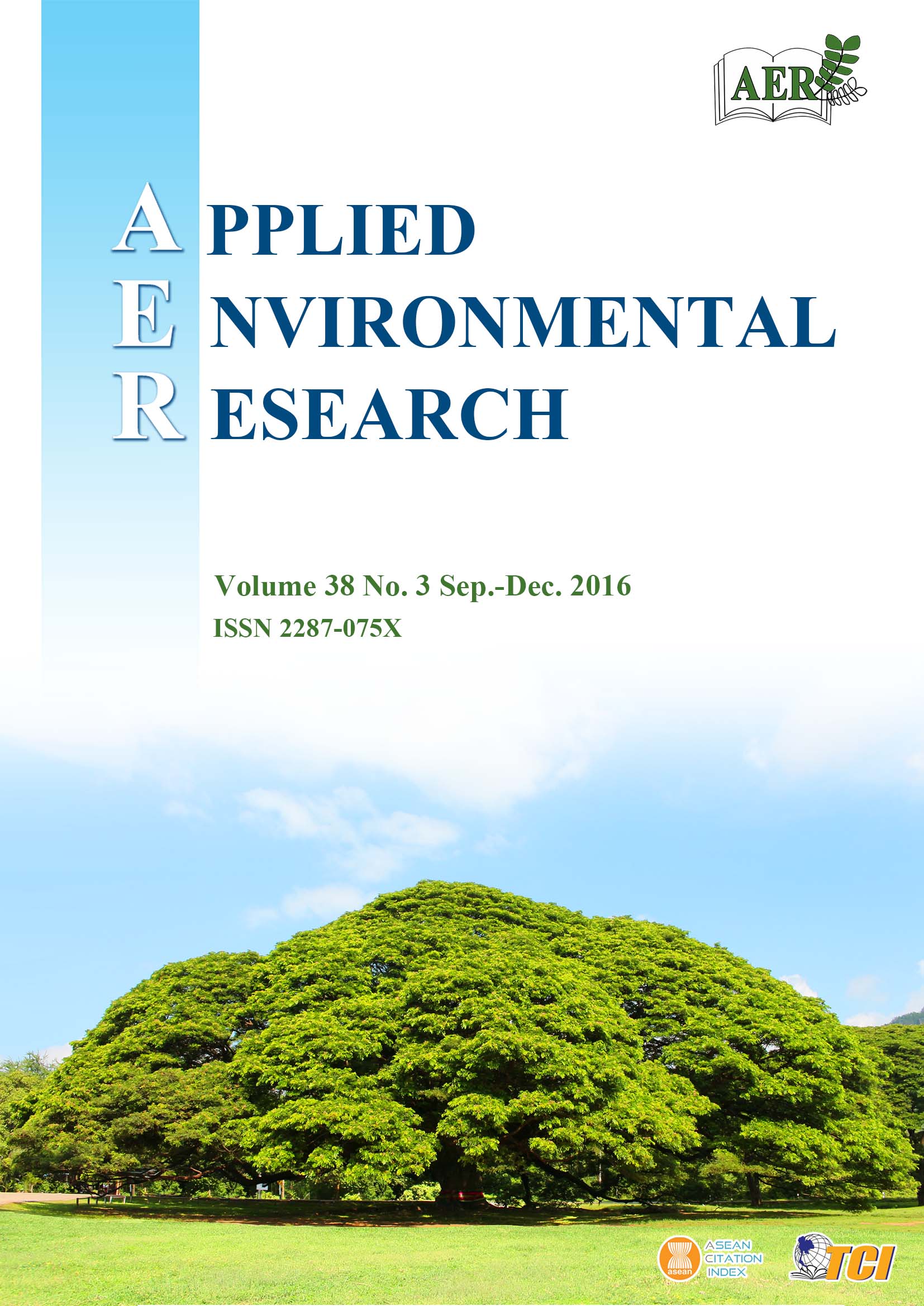Biosand Filter (BSF): Types and Mechanisms behind Its Efficiency
Main Article Content
Abstract
More than 760 million people around the world lack access to clean drinking water. A biosand filter was developed through the collaboration of research groups in developing and developed countries. This type of filter is considered a point-of-use filtration system that can be easily installed at home, and has shown promising results. Thousands of these filters have been distributed and are currently in use in developing countries around the world, helping to alleviate poor water quality conditions. Although these filters have been proven to improve water quality in terms of biological contaminants, there are still concerns over their ability to remove heavy metal contaminants. This review will outline basic and current research that may pave the way for BSF improvement in terms of heavy metal removal from groundwater.
Article Details

This work is licensed under a Creative Commons Attribution-NonCommercial 4.0 International License.
Published articles are under the copyright of the Applied Environmental Research effective when the article is accepted for publication thus granting Applied Environmental Research all rights for the work so that both parties may be protected from the consequences of unauthorized use. Partially or totally publication of an article elsewhere is possible only after the consent from the editors.

